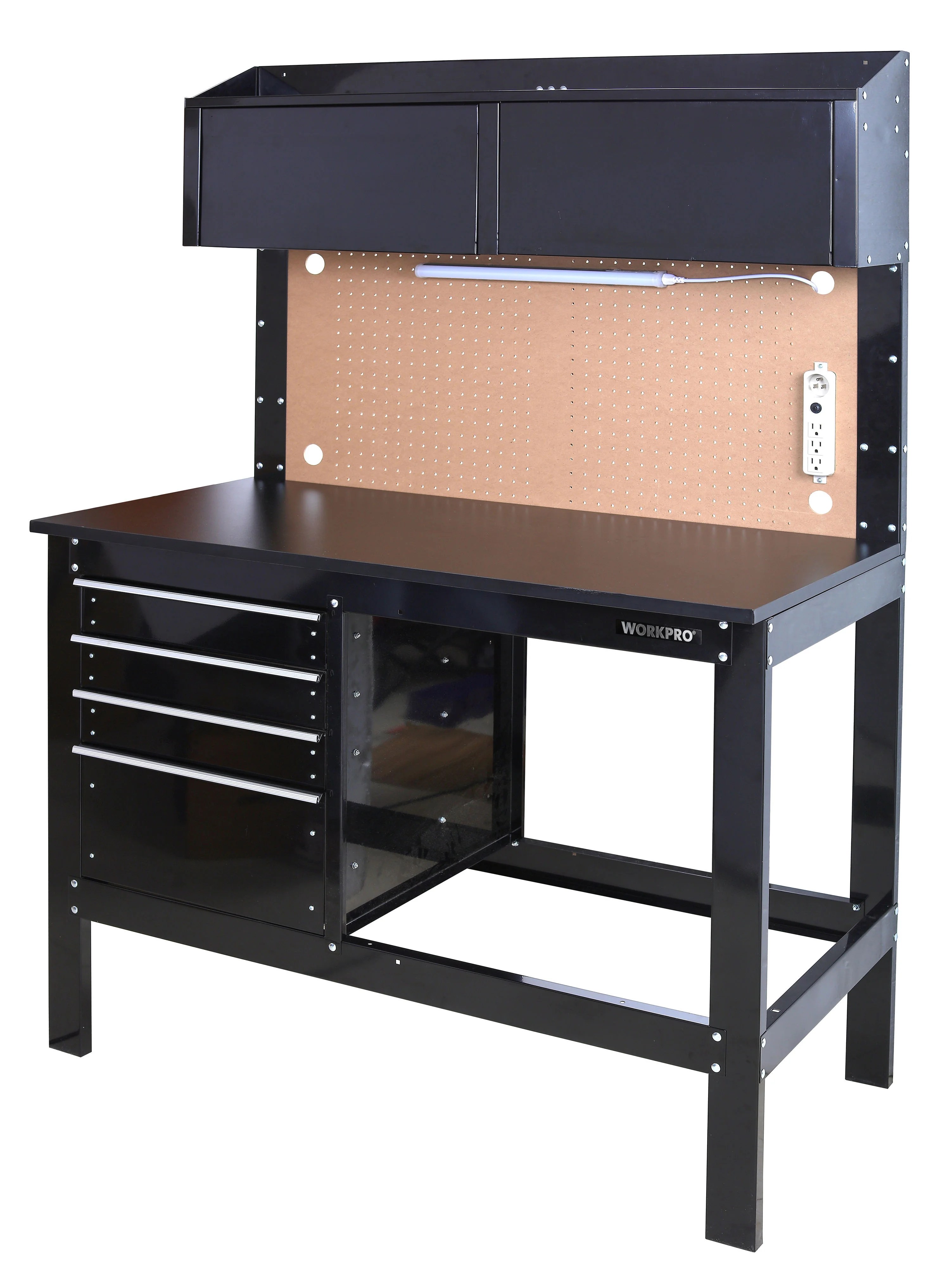70+ Easy Woodworking Projects Pdf
 nativecamp.net
nativecamp.net Introduction: Unleash Your Inner Woodworker with a Simple DIY Project! Building your own woodworking project can be incredibly rewarding. This post will guide you through creating a simple yet satisfying piece: a rustic wooden picture frame. No prior experience is needed, just a little patience and a desire to create something beautiful. Let's get started!
Materials and Tools: Gathering Your Supplies Before diving in, ensure you have everything you need. This will make the process smoother and more enjoyable. Reclaimed wood (or new wood, about 1 inch thick and 3-4 inches wide) enough to create the frame. Measuring tape Pencil Saw (hand saw, miter saw, or circular saw) Sandpaper (various grits, e.g., 80, 120, 220) Wood glue Clamps (at least 4) Safety glasses Optional: Wood stain or paint and sealer Optional: Picture frame hanging hardware
Step 1: Measuring and Cutting the Wood Precise measurements are key to a well-fitting frame. Measure the picture you intend to frame. Add 1/2 inch to each side of both width and height of the photo to account for the rabbet. This will be the *inside* measurement of your frame. Using your measurements, mark the wood for the four sides of the frame. Remember each board needs to be the determined amount of length Carefully cut the wood pieces using your chosen saw. Make sure your cuts are as straight and accurate as possible. For a rustic look you can avoid a perfect 45 degree miter corner and go for a butt joint instead.
Step 2: Sanding and Smoothing This step prepares the wood for gluing and finishing. Start with a lower grit sandpaper (e.g., 80) to remove any rough edges and imperfections. Gradually move to finer grits (e.g., 120, then 220) for a smooth finish. Pay special attention to the cut edges to ensure they are even and smooth. Wipe down the wood with a clean cloth to remove any sanding dust.
Step 3: Assembling the Frame This is where your frame starts to take shape. Apply wood glue to the edges of the wood pieces that will form the corners of the frame. Carefully align the corners and press them together. Use clamps to hold the corners securely in place while the glue dries. Ensure the frame is square while clamping. Allow the glue to dry completely according to the glue manufacturer's instructions (usually 24 hours). Once dry, remove the clamps.
Step 4: Creating the Rabbet This notch holds the picture and glass in place. This is optional, if you do not have a router. Alternative methods involve using strategically placed tacks or a layered cardboard approach. With a router and rabbeting bit set to the correct depth (typically around 1/4 inch), create a rabbet along the *inside* edge of the back of the frame. The width of the rabbet should be wide enough to accommodate the picture, glass (if using), and backing board. If using a different method, ensure that all material is flush.
Step 5: Finishing (Optional) This step enhances the look of your frame and protects the wood. If desired, apply wood stain or paint to the frame. Follow the manufacturer's instructions for application and drying time. Once the stain or paint is dry, apply a sealer to protect the finish and the wood. Allow the sealer to dry completely.
Step 6: Adding Hanging Hardware (Optional) If you want to hang your frame, attach the necessary hardware. Decide where you want to position the hanging hardware on the back of the frame. Attach the hardware securely according to the hardware manufacturer's instructions. D-rings and wire are a common choice.
Conclusion: Admire Your Handiwork! Congratulations! You've successfully created your own rustic wooden picture frame. Now, insert your picture, glass (if desired), and backing board, and hang your creation with pride. Enjoy the satisfaction of knowing you made something beautiful with your own two hands.
Simple Icon
「簡単」を表す単語の使い分け!「easy」や「simple」の違いとは
 nativecamp.net
nativecamp.net Configuring A Tunneler Should Be Quick And Easy
 blog.softwaretoolbox.com
blog.softwaretoolbox.com  freewoodworkingplan.com
freewoodworkingplan.com  woodarchivist.com
woodarchivist.com  woodarchivist.com
woodarchivist.com ![All-new: 27 best outdoor products of 2019 [under $75]](https://i0.wp.com/blog.producthype.co/wp-content/uploads/2019/02/Best-Outdoor-Products-2019-2-1.jpg) blog.producthype.co
blog.producthype.co  www.hgtv.com
www.hgtv.com  www.pexels.com
www.pexels.com  www.mysql.com
www.mysql.com  www.homedepot.com
www.homedepot.com  www.familyhandyman.com
www.familyhandyman.com  www.thebackyardshowcase.com
www.thebackyardshowcase.com  lancastercountybackyard.net
lancastercountybackyard.net  morvelle.com
morvelle.com  www.homedepot.com ```html
www.homedepot.com ```html  www.walmart.com
www.walmart.com  www.northerntool.com
www.northerntool.com  www.amazon.co.uk
www.amazon.co.uk  www.walmart.com
www.walmart.com